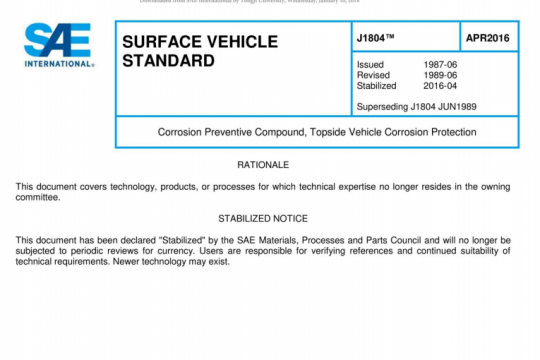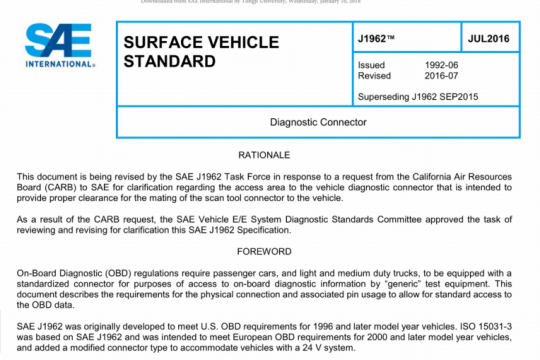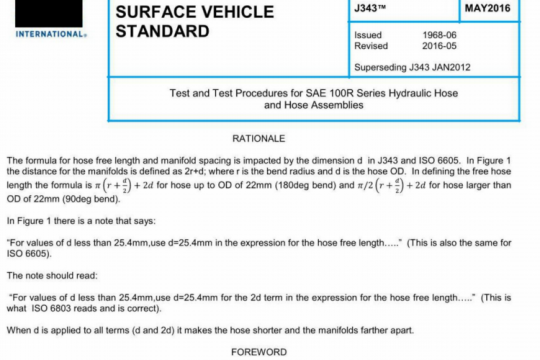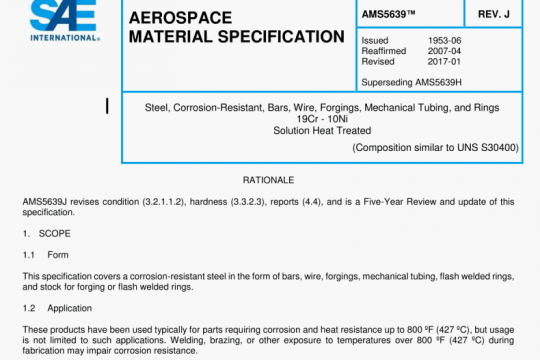SAE J1939-17:2020 pdf free
SAE J1939-17:2020 pdf free.CAN FD Physical Layer, 500 kbps/2 Mbps
Shielded or unshielded twisted pair wire may be used. Maintaining the twist to the greatest extent possible is critical to meeting impedance, radiated emissions and susceptibility requirements. The twist requirements are specified in Table 1 and are controlled by the lay length specification. Jacketed cable is recommended to maintain consistent twisting and impedance. When using shielded cable, it is especially important to observe the minimum bend radius requirement to avoid internal damage to the shield.
The network shall have a linear topology consisting of a backbone and multiple stubs by which ECUs are connected. Stubs may have zero length. The backbone is terminated at the ends.
The maximum length of a stub shall be 0.5 m. A stub may be left unconnected to an ECU, but this stub will count toward the maximum number of nodes on the network. The length of stubs should be minimized and should be varied to reduce the likelihood of coincident reflections.
The minimum distance between nodes should be 30 cm to minimize impedance mismatch on the backbone due to accumulated capacitive load.
The maximum distance between the farthest nodes (including stubs) on the network is allowed to vary according to the number of nodes on the network. Each node connected to the network adds capacitive load and effectively slows the rate of signal propagation on the network. The maximum number of nodes is 30.
Impedance characteristics of the CAN connections at the ECU specified within this document preclude the use of termination at the node. Providing termination at nodes (in addition to those that terminate the backbone) would reduce the number of nodes capable of being supported on the network, and are therefore not allowed.
At the time of publication, two different types of active signal improvement transceivers are expected to become available.The two types are compatible, however best performance is achieved when all nodes use the same type of improvement transceiver. The type of SIC transceiver which uses suppression on the transmit signal is more widely supported and is recommened to be used on SAE J1939-17 networks.SAE J1939-17 pdf free download.




